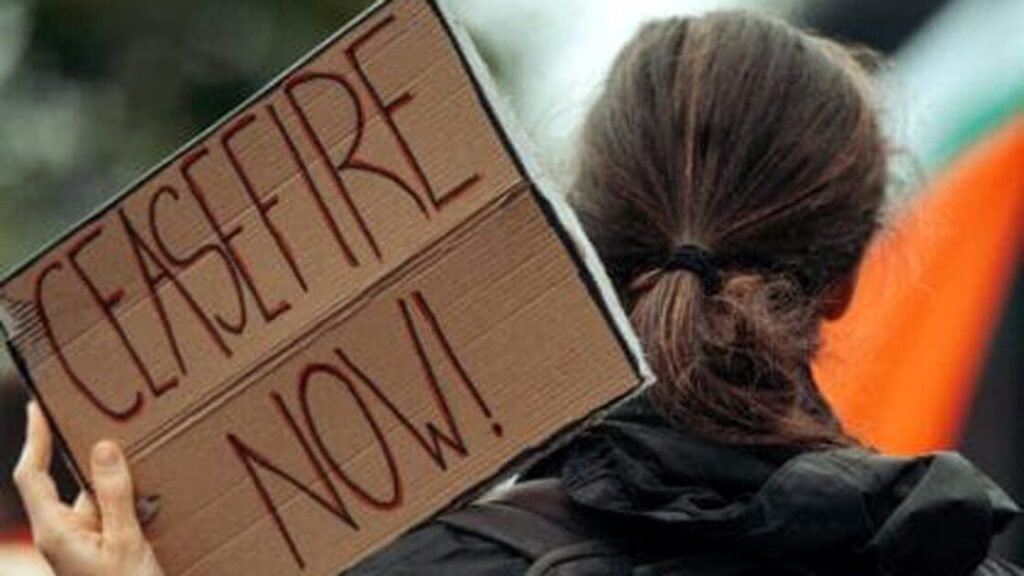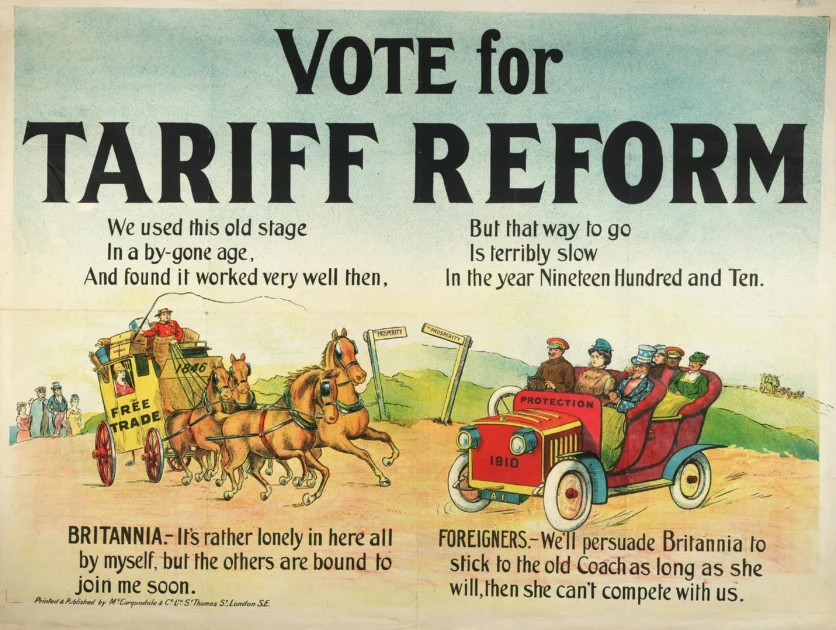The Middle East has long been called the “volcanic zone” of global politics – a place where war, ideology, religion, and economic interests collide, triggering tensions that affect the entire world. The rivalry between Iran and Israel has been at the heart of this strife for decades. What started as a historic enmity evolved into a crisis that nearly engulfed the globe in mid-2025, when tensions escalated to the point where a world war felt imminent.
Amid this crisis, former US President Donald Trump emerged as an unexpected architect of peace. Through direct, tireless, and calculated diplomacy, Trump facilitated a historic ceasefire agreement between the two nations. This landmark moment reshaped Middle Eastern dynamics and brought temporary respite to a world teetering on the edge of disaster.
In this article, we explore the roots of the Iran–Israel conflict, its intensification, the role of global actors (including the United States, Russia, the EU, and the Gulf nations), and the long-term economic, political, and cultural implications of the agreement. We also assess its significance for competitive examination candidates and students of international relations.
Understanding the Iran–Israel Conflict — A Historical Perspective
The Early Years (1948–1979)
The roots of the conflict date back to the 1948 establishment of Israel. Its emergence altered the Middle Eastern map and fueled tensions with Arab nations. Although Iran and Israel were not direct enemies in the early years, the situation changed drastically after the 1979 Iranian Revolution. The shift from the Shah’s pro-Western regime to an Islamist state led by Ayatollah Khomeini brought deep ideological and geopolitical tensions between the two nations.
The Evolution of Hostilities (1980–2005)
Throughout the 1980s and 1990s, Iran acted as a patron for militant groups like Hezbollah, providing weapons, training, and financial support. Meanwhile, Israel considered itself in a long-term proxy war with Iran across Lebanon, Iraq, and later Syria.
The Nuclear Issue and the New Millennium
Iran’s controversial nuclear program became a global flashpoint in the early 2000s. The 2015 Joint Comprehensive Plan of Action (JCPOA) was a pivotal agreement but weakened after the US withdrew from the deal in 2018. The collapse of negotiations triggered an unprecedented rise in tensions.
The 2025 Flashpoint — When the Conflict Almost Became a Global War
The Triggering Incident
On 22 June 2025, the United States launched precision airstrikes on Iran’s critical nuclear facilities in Natanz and Fordo. This came after revelations of uranium enrichment beyond agreed limits. In retaliation, Iran responded by launching ballistic missiles on Israel and Al Udeid Air Base in Qatar, killing hundreds and injuring countless others.
The Brink of World Conflict
With tensions escalating and the risk of a global war looming, international markets panicked. Goldman Sachs and the International Monetary Fund (IMF) warned that oil prices could rise sharply to $100 per barrel or higher, triggering a global recession. Countries across Europe, Asia, and Africa feared the worst.
The Role of Donald Trump — A Strategic Diplomat
The Road to Ceasefire
In this tense backdrop, Donald Trump emerged as a mediator. Against the odds, he leveraged personal connections with both parties and used direct diplomacy to foster mutual understanding. According to media reports, Trump’s approach included:
- Direct Negotiation: Maintaining direct lines of communication with leaders in Tehran and Tel Aviv.
- Economic Leverage: Highlighting the economic benefits of peace and the dire consequences of war.
- Security Guarantees: Offering guarantees backed by the United States and NATO to both nations.
- Coordination with the UN: Involving international institutions for the monitoring and enforcement of the agreement.
Main Terms of the Ceasefire (24 June 2025)
- Immediate halt to hostilities and withdrawal of forces.
- De-escalation along borders and critical zones like the Strait of Hormuz.
- Establishment of UN-backed monitoring and verification teams.
- Creation of open channels for long-term dialogue and crisis management.

The Role of Other Countries in the Ceasefire
The United States
Trump positioned the US as a global peacemaker, aligning American interests with global stability and using the ceasefire to reaffirm its status as a global mediator.
The European Union
The EU acted as a support mechanism for the agreement, focusing on humanitarian aid and long-term stability. Its primary interest was the protection of energy supplies and the prevention of a refugee crisis.
Russia and China
- Russia: Saw the agreement as a means to consolidate its interests in Syria and maintain its role as a global mediator.
- China: Supported the agreement as an opportunity to protect its economic investments in the Middle East and advance its Belt and Road Initiative.
The Gulf Nations (Saudi Arabia, Qatar, UAE)
These nations acted as quiet supporters of the agreement, seeing it as an essential step towards regional stability and protection of their economic interests, especially in the energy sector.
India
India welcomed the agreement due to its significant energy and economic interests in the Middle East. New Delhi advocated for the agreement to evolve into a long-term peace framework that promotes stability across the region.
The Impact of the Ceasefire
1. Political Impact
- Created a new chapter in Middle Eastern politics, allowing room for dialogue between arch-rivals.
- Strengthened the role of global institutions (UN, NATO) in mediating regional conflicts.
2. Economic Impact
- Arrested the sharp rise in global oil prices.
- Created a more stable environment for investment across Asia and Europe.
- Reduced the risk of global recession caused by regional tensions.
3. Social and Cultural Impact
- Created space for increased people-to-people connections across borders.
- Strengthened civil society and promoted dialogue as a viable path for peace.
The Ceasefire as a Model for Conflict Resolution
The Iran–Israel agreement serves as an example for other global hotspots like:
- The India–China Border Dispute
- The Russia–Ukraine Conflict
- The South China Sea Dispute
It emphasizes the value of:
- Diplomacy over aggression.
- Respecting global institutions and their role in conflict resolution.
- Making economic stability a cornerstone of peace negotiations.
Challenges and Road Ahead
Although the ceasefire provides a temporary reprieve, long-standing tensions between Iran and Israel remain. Key issues that still require attention include:
- The future of Iran’s nuclear program.
- The status of militant groups like Hezbollah and Hamas.
- The role of external powers in Middle Eastern affairs.
To sustain peace:
- Build long-term trust through joint economic projects and people-to-people exchanges.
- Develop a Middle Eastern Peace Framework that includes all stakeholders.
- Establish a mechanism for crisis prevention and quick conflict resolution.
Key Lessons for Competitive Exam Students
- Importance of diplomacy and negotiations in global conflict resolution.
- Understanding the role of global institutions (UN, NATO, EU) in mediating crisis.
- Importance of economic stability in global peace dynamics.
- The role of leaders (e.g., Trump) in making critical breakthroughs.
Conclusion — Peace as a Path to Global Stability
The 2025 Iran–Israel Ceasefire is more than a temporary halt in hostilities. It is an example for the world — a beacon that reminds us that even in moments of crisis, dialogue can prevail over aggression. The agreement showcases the resilience of international institutions, the vision of global leaders, and the enduring belief that peace and prosperity can arise from the ruins of war.
In an era defined by rising tensions and global uncertainty, this ceasefire provides a roadmap for future peace efforts. It proves that:
- Conflict is NOT inevitable.
- Dialogue and cooperation can transform enemies into wary partners.
- Peace is the foundation upon which nations build lasting prosperity.
Sources & References:
- United Nations Press Release, 24 June 2025
- Goldman Sachs Oil Market Report
- International Monetary Fund (IMF) Annual Outlook 2025
- The Times: Analysis of Middle East Peace Processes
- The Guardian: The Trump Effect in Middle Eastern Diplomacy



